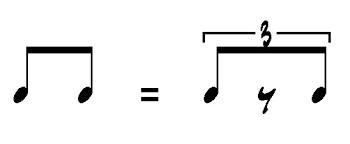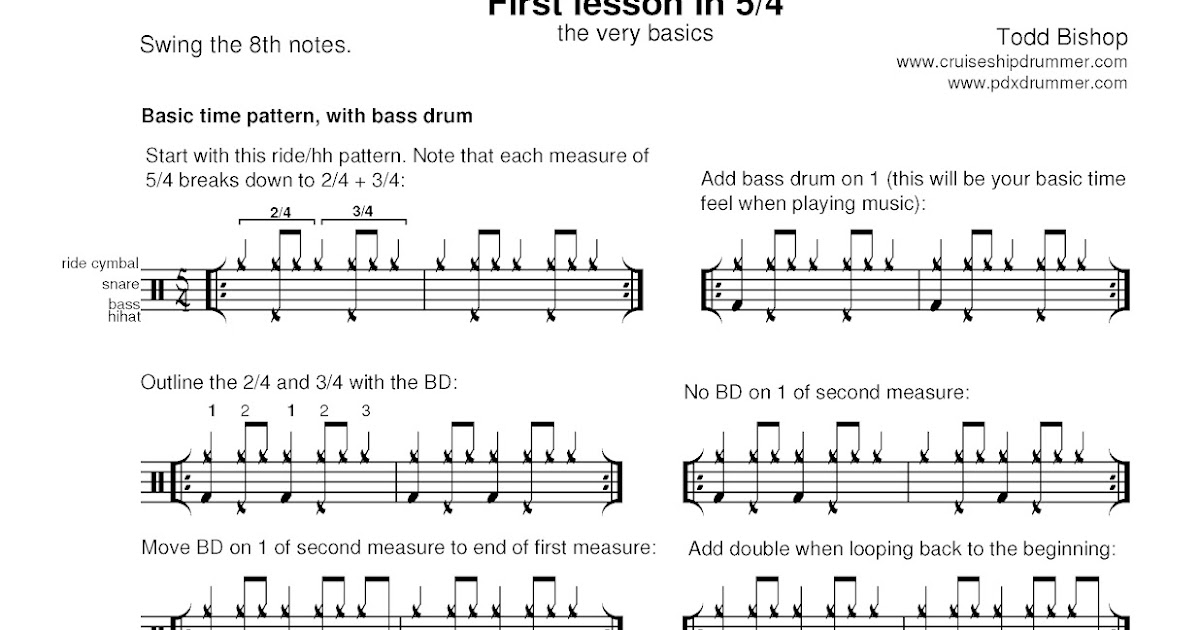

#Swing feel on tux guitar professional#
I have thought a lot about the problem (worked as a professional bassoon player for a very long time), and I can't say I have had many good ideas. A new system is proposed every now and then, and even though they might be better in a specific problem domain (say, microtonal music), but they always fall apart. The current system is 800 years old, and over that time it has won over hundreds of different systems. It is difficult to learn.Īlso keep in mind that music notation has undergone many iterations, and it represents developments over hundreds and hundreds of years and covers every instrument under the sun - the breadth of what it has done throughout history and what can do might be hard to see. I think the problem is that difficult to learn and bad are easily confused. That should give you enough pause to ask why and consider the possibility that the system we have is really good in a way that you haven't recognized yet. I see some great responses, but I wanted to add that you have to keep in mind that tons of people have actually tried to make a better system, and nobody has succeeded. You're not alone, this is a common reaction to music notation by engineers a lot of people have wondered the same thing, even here on HN. > I always wondered why musicians keep up with the conventional musical notation system, and haven't come up with something better (maybe a job for a HNer?). not recognizing notes fast enough to play by the sheet) has kept me from becoming proficient on the piano (well, that, and my lazyness). I for one know that my dyslexia when it comes to musical notation (eg.

A consequence is that, for example, with treble clef, you find C' in the top but one position between lines, and thus at a very different place than C (one octave below) visually, which is on, rather than between, an additional line below the bottom-most regular line. Since western music has 12 half-tone steps per octave (octave = an interval wherein the frequency is doubled, which is a logarithmic scale so compromises have to made when tuning individual notes across octaves) this gives a basic mismatch between the notation and eg. I mean the conventional music notation represents tones in five lines, each capable of holding a "note" (is that the right word?) on a line, as well as in between lines, possibly pitched down and up, resp., by B's and sharps (depending on the tune etc.). Matt lives in the UK, where he is a lecturer in Popular Music Performance at the University of Chester and an examiner for the London College of Music (Registry of Guitar Tutors).I always wondered why musicians keep up with the conventional musical notation system, and haven't come up with something better (maybe a job for a HNer?).
#Swing feel on tux guitar free#
Matt Warnock is the owner of, a free website that provides hundreds of lessons and resources designed to help guitarists of all experience levels meet their practice and performance goals. Work these lines in 12 keys and then take them into your improvisation practice as well.Īs you can see, it’s a small idea, slurring from the off beats to the on beats, but it can take your playing to new levels, and get your scale lines swinging like your favorite horn players in no time.ĭo you have a question or comment about swinging scale in this manner? Share your thoughts in the comments section below.

Again, if you get stuck on a fingering, stop and work it out before trying again over the same backing track.Ġ5.Write 5 ii V I lines, major and/or minor, using the swing scale approach in each line. If you get stuck, stop and work out the fingering and start again.Ġ3.Work the above two exercises using hammer-ons and pull-offs only, then repeat the exercise using only slides for each slur and note the difference each variation makes to your scales.Ġ4.Solo over a jazz blues progression and apply the swing scale approach to each of your lines.

Adjust fingerings as needed.Ġ2.Put on a slow ii V I backing track and improvise lines over that key using the slurred, swing scale approach to your phrases. Now that you have a few examples of the swing scales under your fingers, here are five exercises you can do in order to take this approach further in the woodshed.Ġ1.Pick a scale and key, run up and down this scale/key using the slurred, swing approach to the ascending and descending versions of the scale.


 0 kommentar(er)
0 kommentar(er)
